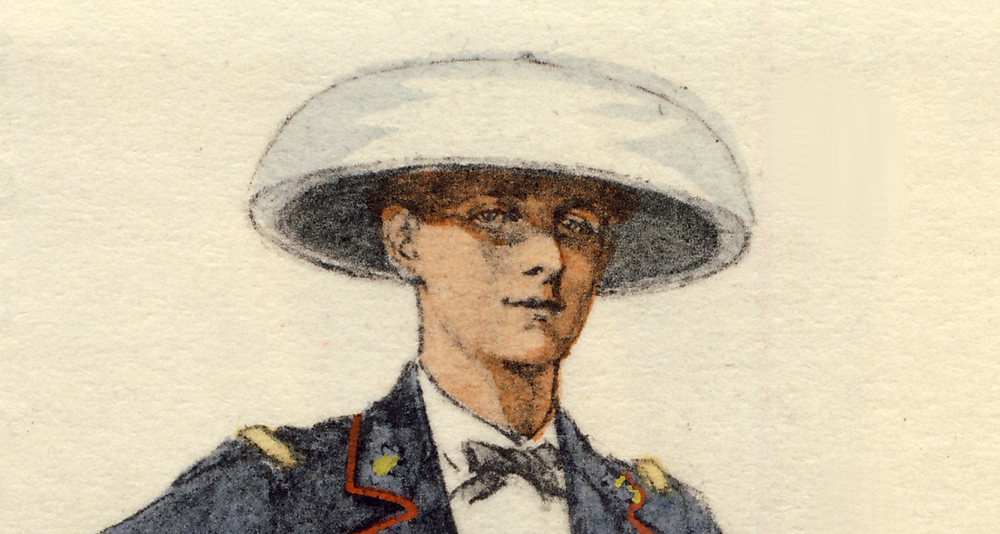
It is a hat or form of headgear known by many names. It is known as a “salakot” in the Philippines, the “salacco” in Southeast Asia, and at times even described as the “Planters Hat” in British India. It is a type of a Asian “conical hat,” which we have written about in detail in the past, but its history in use by the colonial masters of Asia has largely been overshadowed by the sun/pith helmet.
However, before the cork helmets of Europe were donned by those soldiers fortunate or perhaps unfortunate enough to find themselves in distant foreign stations there had been attempts to find more suitable headgear for the tropical heat. Many of these ingenious soldiers and government officials simply looked to the indigenous headgear that was being worn.
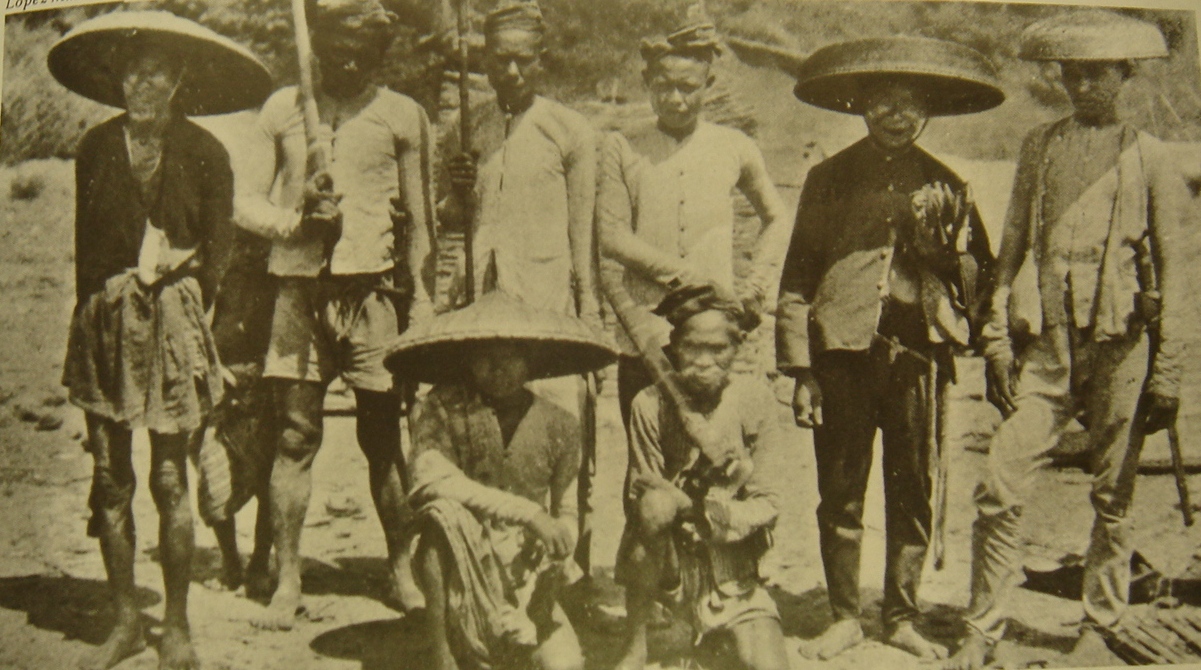
A number of large “salakot” hats – the Filipino version of the Asian conical hat – still worn at the end of the 19th century. Spanish soldiers had been using versions of these in the Philippines since the early 18th century.
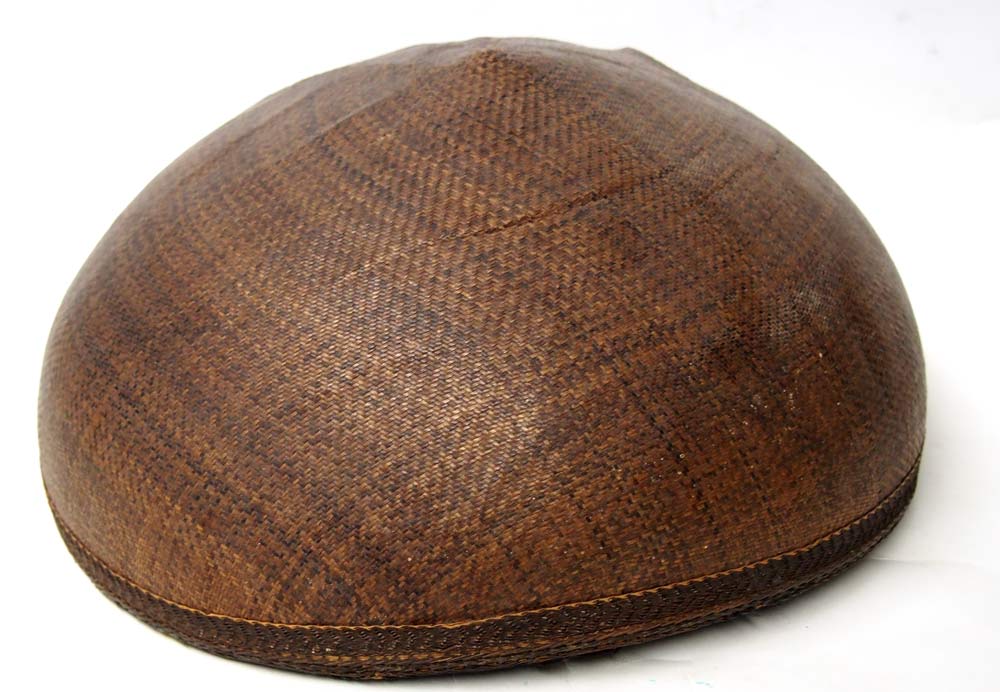
A late 19th century salakot from the Philippines.
Photographic evidence of such headgear in use is sparse as the camera was a new invention at the time, but period illustrations show a similar looking hat of weaved straw. It is notable that while British, French, Dutch and Spanish colonial forces all seem to have used these hats at some point it was common for these be worn with a cover – perhaps as a way to create a uniformity that was lacking in the otherwise civilian hat.
This also shows – contrary to the opinion of some writers today –that the concept of a hat that offered protection from the sun was not solely of Anglo-Indian design, and therefore not limited to the region of the subcontinent. In fact, sources suggest the Spanish had “gone native” with tropical headgear in the early 18th century, thus predating the British in India.
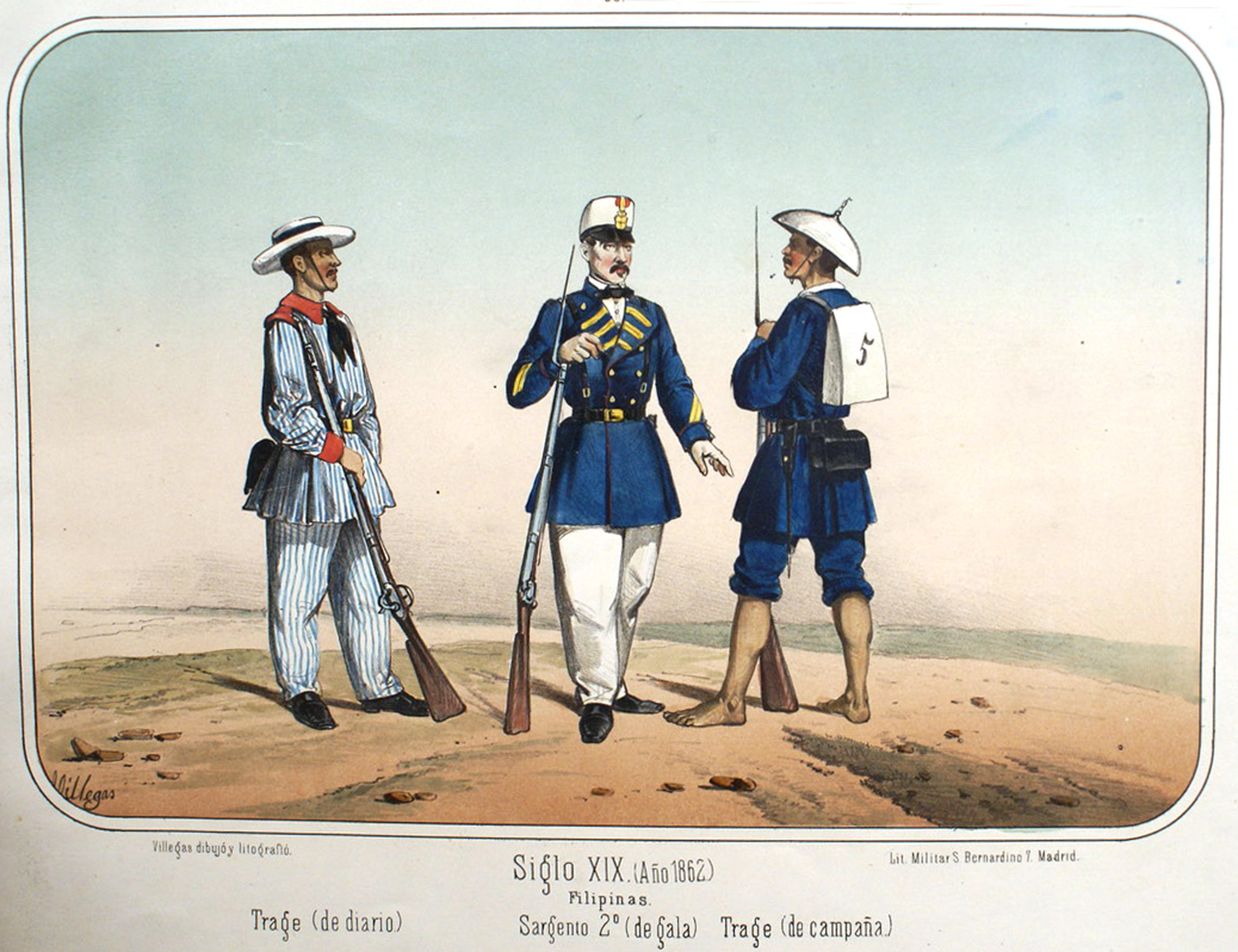
An illustration from Conde de Clonard’s “Album de la Infanteria” published in 1862, which shows how native troops serving in the Philippines wore the traditional salakot. (Illustration from the collection of René Chartrand)
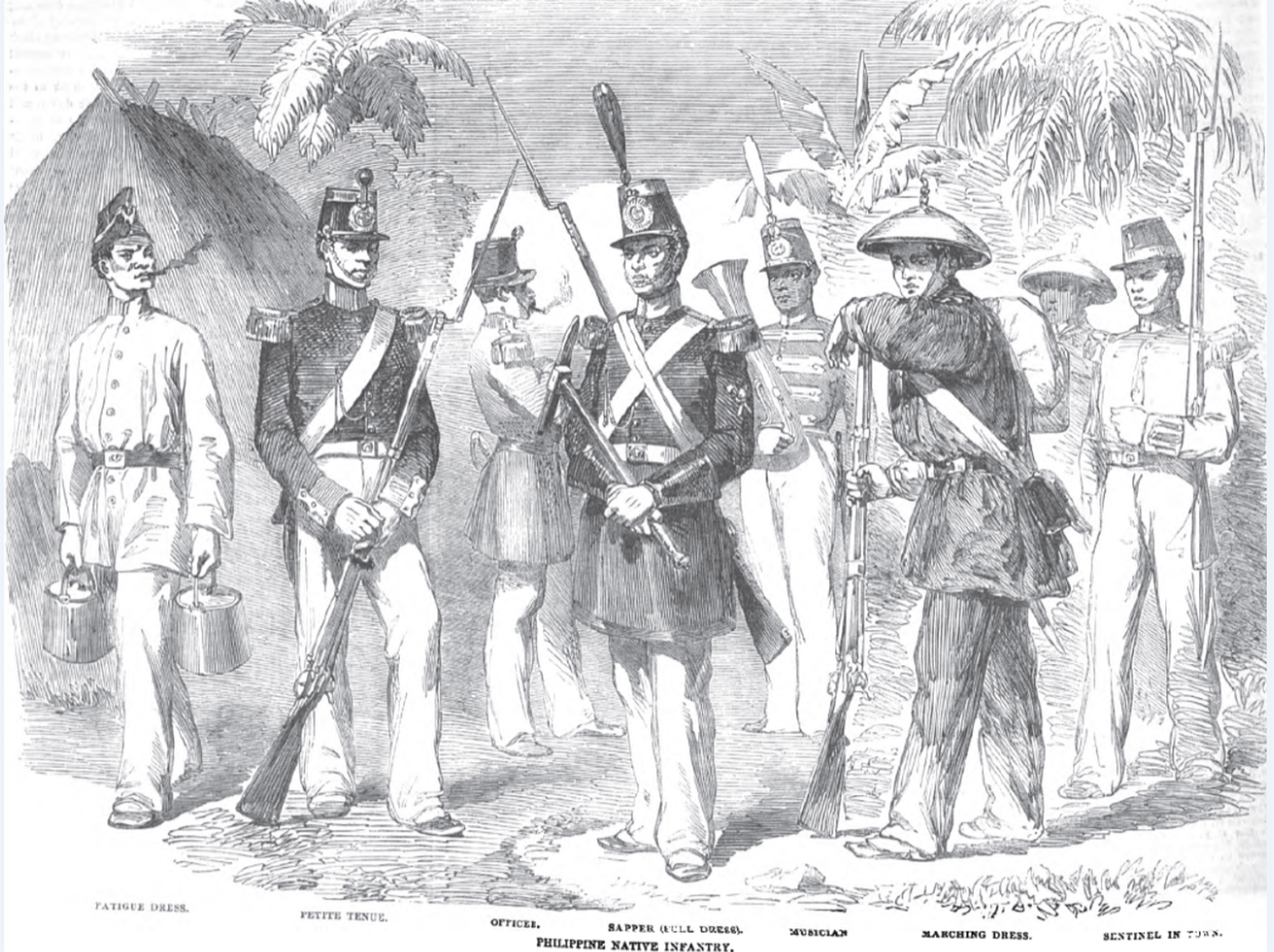
Another period illustration from the late 19th century showing Philippine Native Infantry wearing a mix of headdress including the locally made salakots.
However, it was in British India where the military had tested the so-called “Colind” hat, which was constructed of straw and cloth covered. In the Osprey book North West Frontier by Robert Wilkinson-Latham, it is suggested it was “invented” by Henry Hart of Oxford Street, London – a maker of which there is no record of existence. It is also worth noting that as these hats were already worn across Asia it is unlikely it took a London hatter to invent one!
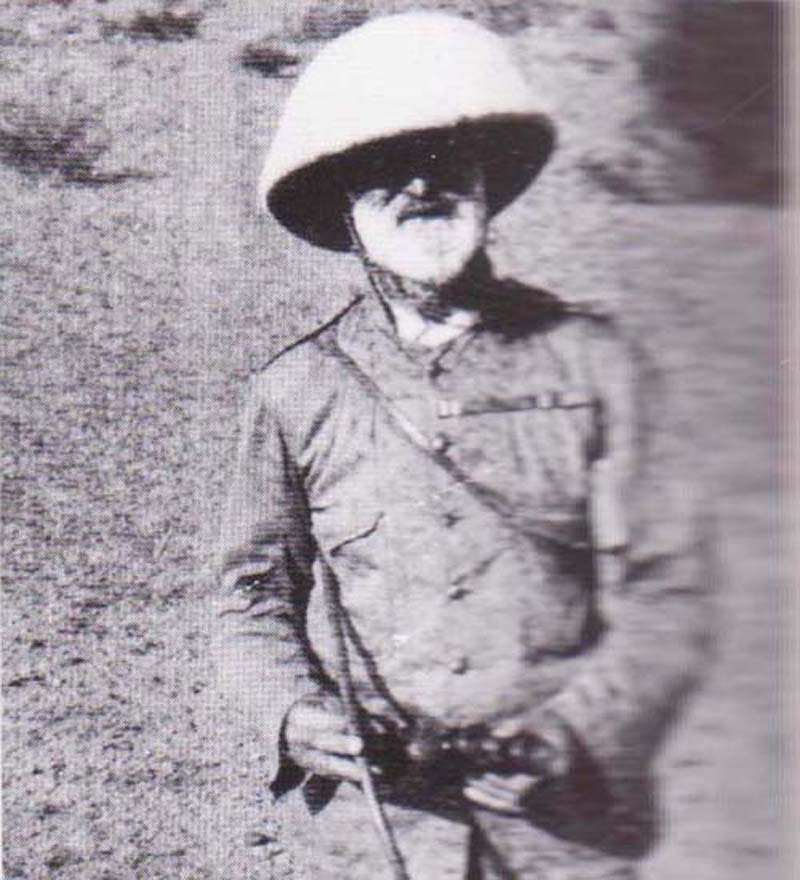
The Colind hat was very reminiscent of the Planters’ hat, which worn very early in the 19th Century by planters who spent long periods of time in the sun. It was popular with Corps of Royal Engineers and with some of the Army Chaplains.
It is important to note that this headgear was also in use as noted in the Philippines but also in other parts of Maritime South East Asia.
Moreover, while the French were latecomers to South East Asia its first adventures in the region began in the 1850s and by the 1860s the salakot was adopted for use among its soldiers.
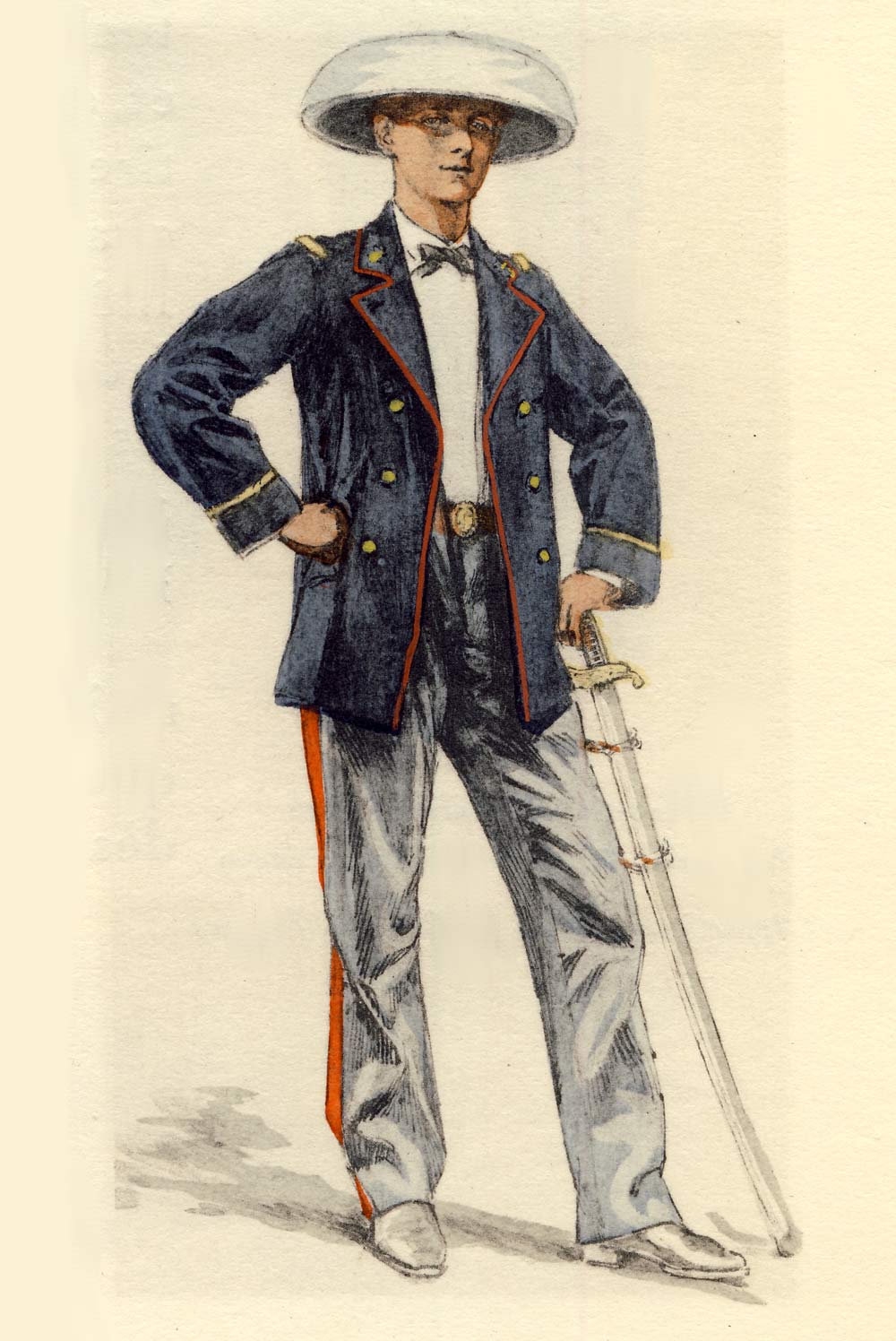
A color illustration by French artist Maurice Mahut. It shows a 2nd Lt. de Trintinian in Tonkin, 1873, wearing a local woven rice-straw hat with a white cotton cover. (Photo courtesy of René Chartrand)
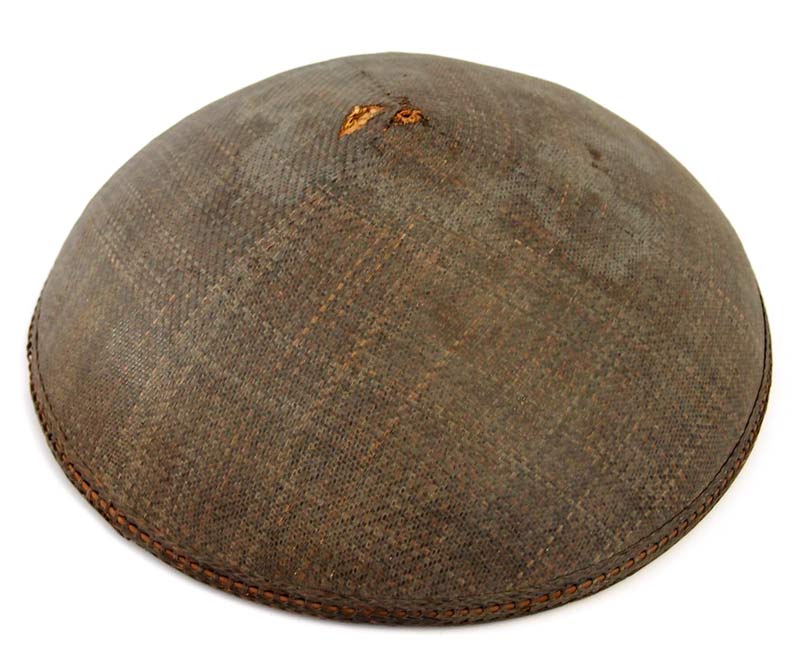
A salacco, the French designation for the salakot. This one likely dates to the early 20th century, and had reportedly come from Vietnam.
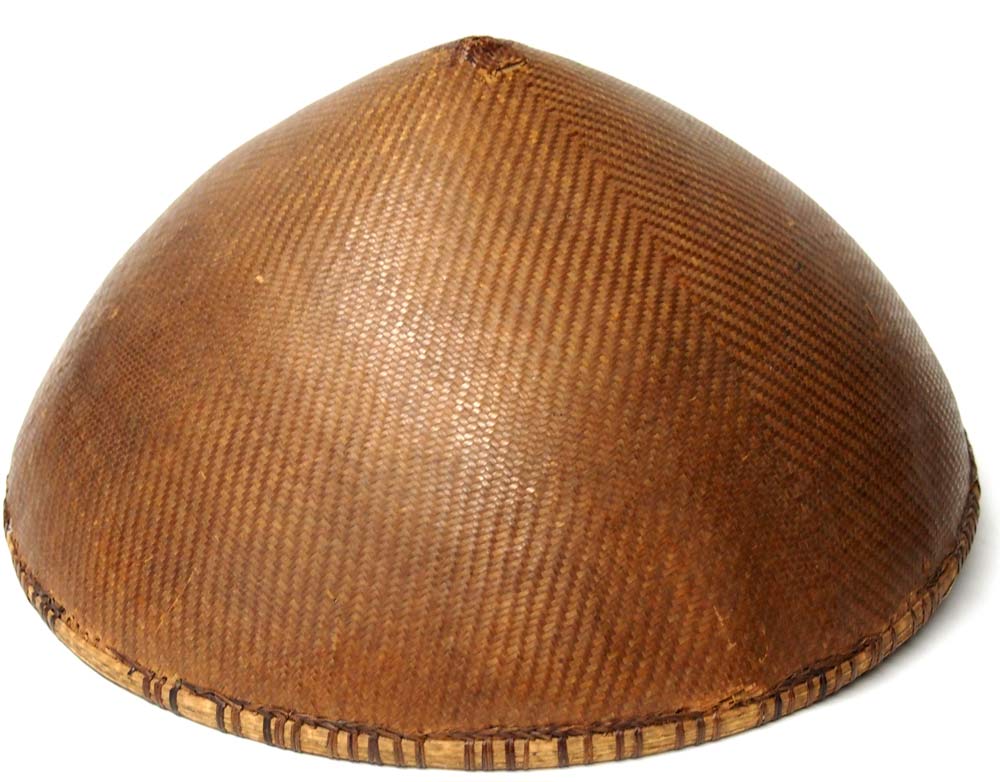
Another salakot – this one has a more peaked dome similar to some conical hats of the region.
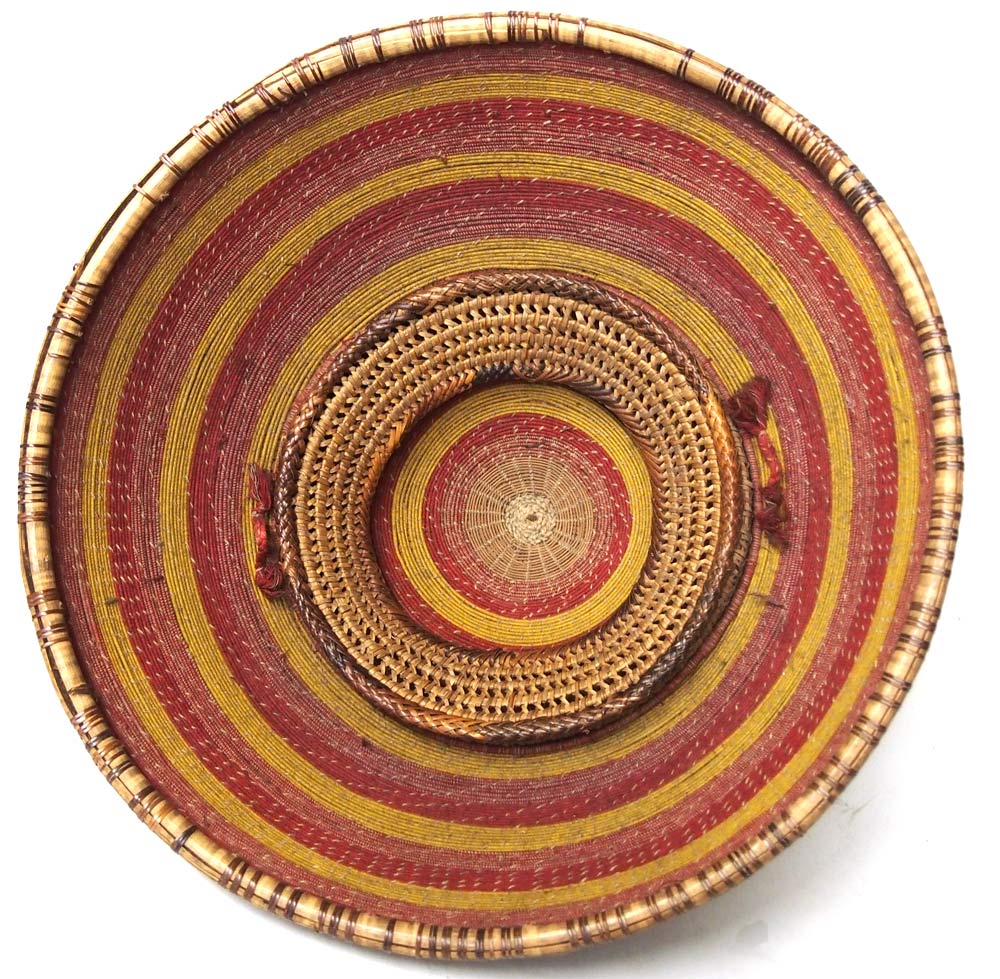
The interior of the salakot shows its weaved constructed as well as the placement of a rudimentary type of liner and loops for a chinstrap.
This “mushroom” shaped hat fell out of fashion as Europeans adopted sun helmets. While the British were the first to don such headgear, the French, Spanish and other European powers soon followed this fashion trend. The era of the “proto-sun helmets” of locally made hats had been replaced by a more traditional European headdress – one that today has become iconic with this age of imperialism.
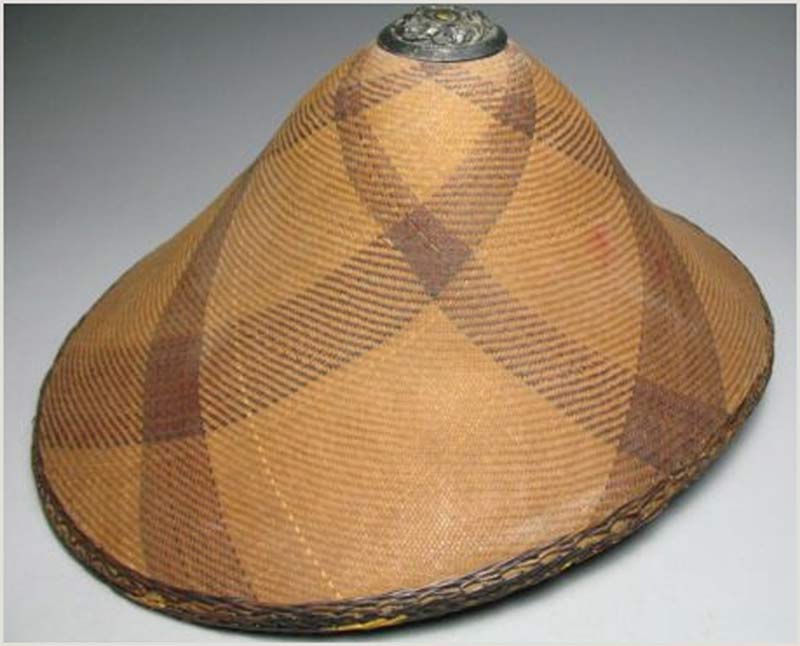
A late 19th century salakot from the Philippines. It has a profile that could almost be mistaken for a sun/pith helmet, showing almost a full circle influence.
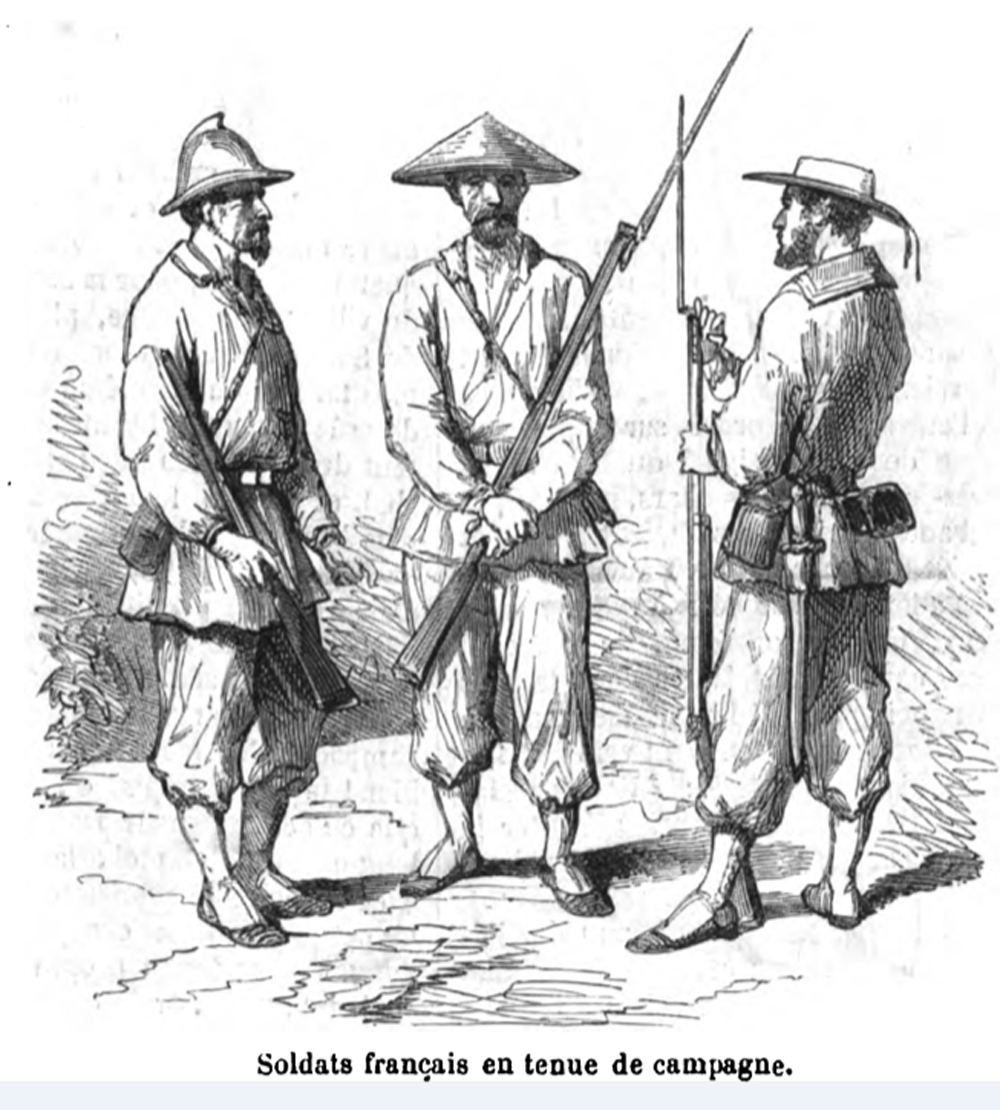
An illustration from the late 19th century French publication L’Illustration, which shows French soldiers in Indochina circa 1861. Note that the soldier in the middle is wearing a conical hat while the soldier on the left is wearing what appears to be an early English-style “Airtube” helmet!
Interestingly it would take more than another two decades before the heavy European uniforms – such as the scarlet of the British and dark blue of the French – to give way to more practical light weight khaki uniforms. Perhaps this too is why the sun helmet evolved as it did; looking European in design while still providing the protection from the sun as the locally made salakots and planters hats.
